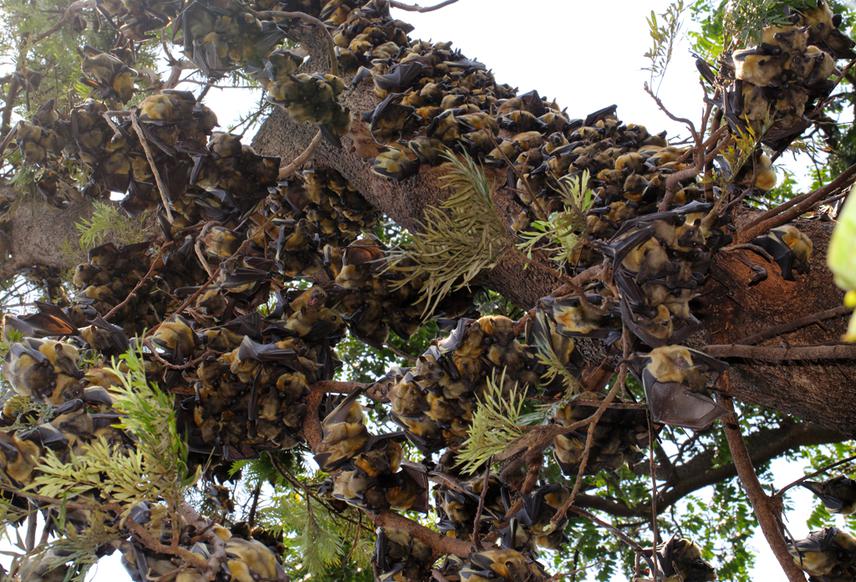Paul Webala
Other projects
21 Sep 2012
The Population Ecology, Diet and Movement of Straw-Coloured Fruit Bats, Eidolon helvum (Megachiroptera: Pteropodidae) in Western Kenya II
17 Nov 2014
Monitoring and Conservation of Straw-Coloured Fruit Bats, Eidolon helvum (Megachiroptera: Pteropodidae) in Kenya
The project aims to maintain a viable population of straw-coloured fruit bats (Eidolon helvum) in Kenya, with the only known colony in the country at Kakamega as the focal point.

The project will study the diet, population ecology and movement of Eidolon helvum in western Kenya.
The study will determine the diet composition with a view of unambiguously demonstrating the role of the bats in plant regeneration and maintenance through processes of seed dispersal and pollination. This, together with assistance to develop ecotourism in the area using the bats as the focal point, will ensure the protection and justify the continued existence of the bats and its current roost. We will study population status and trends of E. helvum in Kenya in order to understand group composition in terms of age and sex as well to get insights into the nature and patterns of migration for purposes of monitoring. Data on reproduction will be collected over the 18-month period to understand whether or not breeding in E. helvum coincides with rainfall peaks when food for the bats is most abundant By comparing environmental and habitat variables among three roosts; one current and the others abandoned, we hope to explain not only roost choice among Eidolon but also shed light on the probable reasons why the two roosts were abandoned; whether it was due to other factions other than deterioration of habitat conditions such as persecution.
Specific Objectives:
-To assess the population size, diet and movement of the Kakamega colony of Eidolon helvum. To identify the plant species consumed by these bats and to verify which species could be, or are being, dispersed by these animals.
-To identify and protect roosts of Eidolon helvum in Kenya
-To investigate environmental variables that influence the choice of roost by comparing selected variables with those at the previously occupied roosts
-To raise local and national awareness of the ecological services provided by fruit bats as pollinators and seed dispersers
-To build the capacity of local communities to protect fruit bat colonies